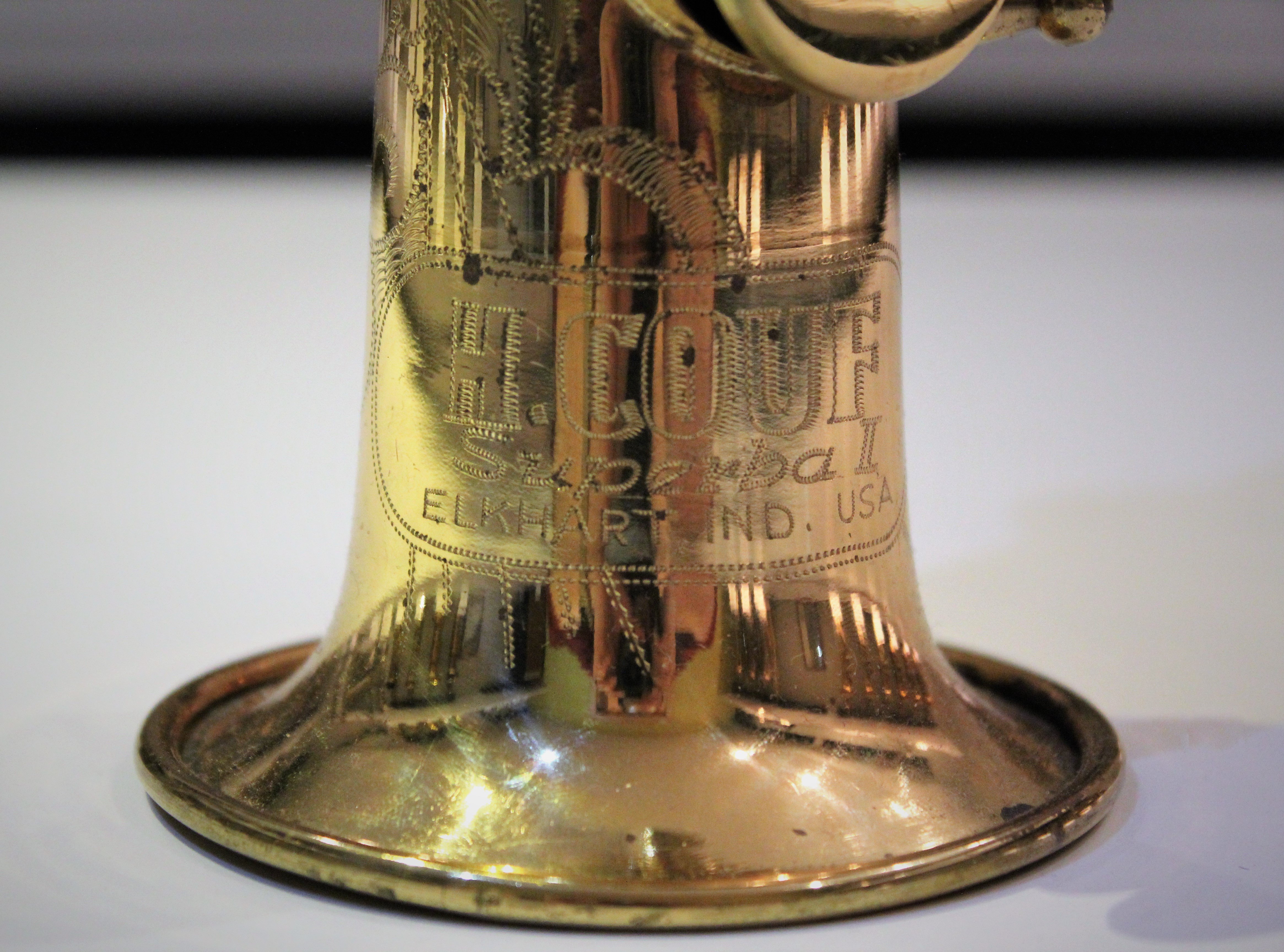| Superba I » | Superba II » | H. Couf Serial # Chart |

Updated in 2025
What really are the differences between the Superba I and Superba II Couf soprano saxophones? The short answer is not as much as you might think, but it all depends on when an individual horn was made.
H. Couf Superba I sopranos did undergo changes over the approximately 22 years that they were produced, while Superba IIs apparently remained constant in their design. Regardless of which model however, their relation to Keilwerth is extremely evident—as will be illustrated below.
A quick disclaimer
Unlike some brands like Selmer—that have had their soprano saxophone designs very well documented over certain periods of time—very little is known at this point about the H. Couf saxophone’s design changes. To the best of my knowledge, the research I have gathered here is the first real attempt at collating relatively large amounts of data about this J. Keilwerth-made saxophone brand.
However, there are a number of limitations with this data: 1. The data gathered is based only on what can be seen in photos I have managed to find scattered across the Internet—or in a very few cases in person. 2. The quality and quantity of photos is often very limited for each instrument (sample). 3. Any changes not visible to the naked eye—such as bore dimensions for example—are obviously not known. 4. In some cases the sample sizes that I have been able to gather to date are so small, that I haven’t been able to conclusively draw any conclusions.
For all these reasons this page continues to be a work in progress. Over time, my hope is to fill in the missing blanks. If you can help in some way, please do not hesitate to drop me a note. Thanks!
What does the term “intermediate” mean in Couf speak?
Herb Couf said:
There were three levels of H. Couf saxophones; Superba I, the professional line…. Superba II the intermediate line with many of the same features as the Superba I…
Source: Saxophone: Ein Kompendium, Uwe Ladwig. Second Edition, 2012. p. 59
That said, “intermediate” does not mean inferior, and not up to pro standards. The Superba II were built to the same level of precision that their Superba I cousins were. All intermediate means in this case, is that a few minor things were different. At its core, a Superba II is still a JK soprano. Full stop.
With all that in mind, it’s time to take a closer look at what makes a I a I, and a II a II.
A quick and dirty overview chart of the differences between the Superba 1 & 2 soprano saxophones
Why is this quick and dirty? Because it doesn’t account for the various exceptions to the features outlined in it—and there are quite a few. These exceptions, and much, much more, are gone over in minute detail in the following Superba 1 & 2 pages. So think of this chart as a primer, or a review, if you’re looking for a simple broad strokes listing of what changed when.
Unlike their alto, tenor, and bari cousins, these smaller Keilwerth-made horns had much fewer updates, therefore phases. To put the following table in context, this is what I’ve found:
-
The Superba I soprano had 3 phases that I have been able to track.
-
The Superba II had only 1 phase. Its features did not change over its production cycle.
Superba I vs Superba II Sopranos
Feature | Superba I | Superba II |
|---|---|---|
G# Key | Phase 1: black plastic. Phase 2-3: MOP | Black plastic |
MOP Keys | Phase 1: Smaller button inset within brass "cup". Metal edges encircle the pearls. Phase 2-3: Larger, without metal edges. (Like what`s now on the SX90.) | Smaller button inset within brass "cup". Metal edges encircle the pearls. |
Left palm keys | Phase 1: Mark VI style. Phase 2-3: arched. | Mark VI style |
High D, Eb, F tone holes | Phase 1: Inline on front of body tube. Phase 2-3: Side of body tube. | Inline on front of body tube. |
LH table keys | Phase 1-2: Pinkie cluster attached to rods at the back of the keys. Phase 3: Pinkie cluster attached to rods at the front of the keys. | Pinkie cluster attached to rods at the back of the keys. |
Bell keys | Phase 1-2: On top of bell. (Because of above ^^) Phase 3: Side of bell | On top of bell. (Because of above ^^) |
Right pinkie keys | Phase 1 & 2: Old-school JK style. Phase 3: "New", rounder JK style. | Old-school JK style. |
Front F key | Phase 1-2: No. Phase 3: Yes. | No |
High F# key | Phase 1: No. Phase 2-3: Yes. | No |
Chromatic F# | Phase 1: MOP button. Phase 2: Sliver-shaped. Phase 3: MOP button. | Sliver-shaped |
Right thumb rest | Phase 1: unknown. Phase 2 until circa 84xxx: fixed metal. Phase 2 84894 & onwards thru Phase 3: fixed black plastic. | Fixed metal |
Strap ring | Phase 1: unknown. Phase 2: No. Phase 3: Yes. | No |
Lyre holder | Phase 1-2: Front, just above bell keys. Phase 3: Back, above right thumb rest | Front, just above bell keys. |
Tone holes | Straight | Straight |



You must be logged in to post a comment.